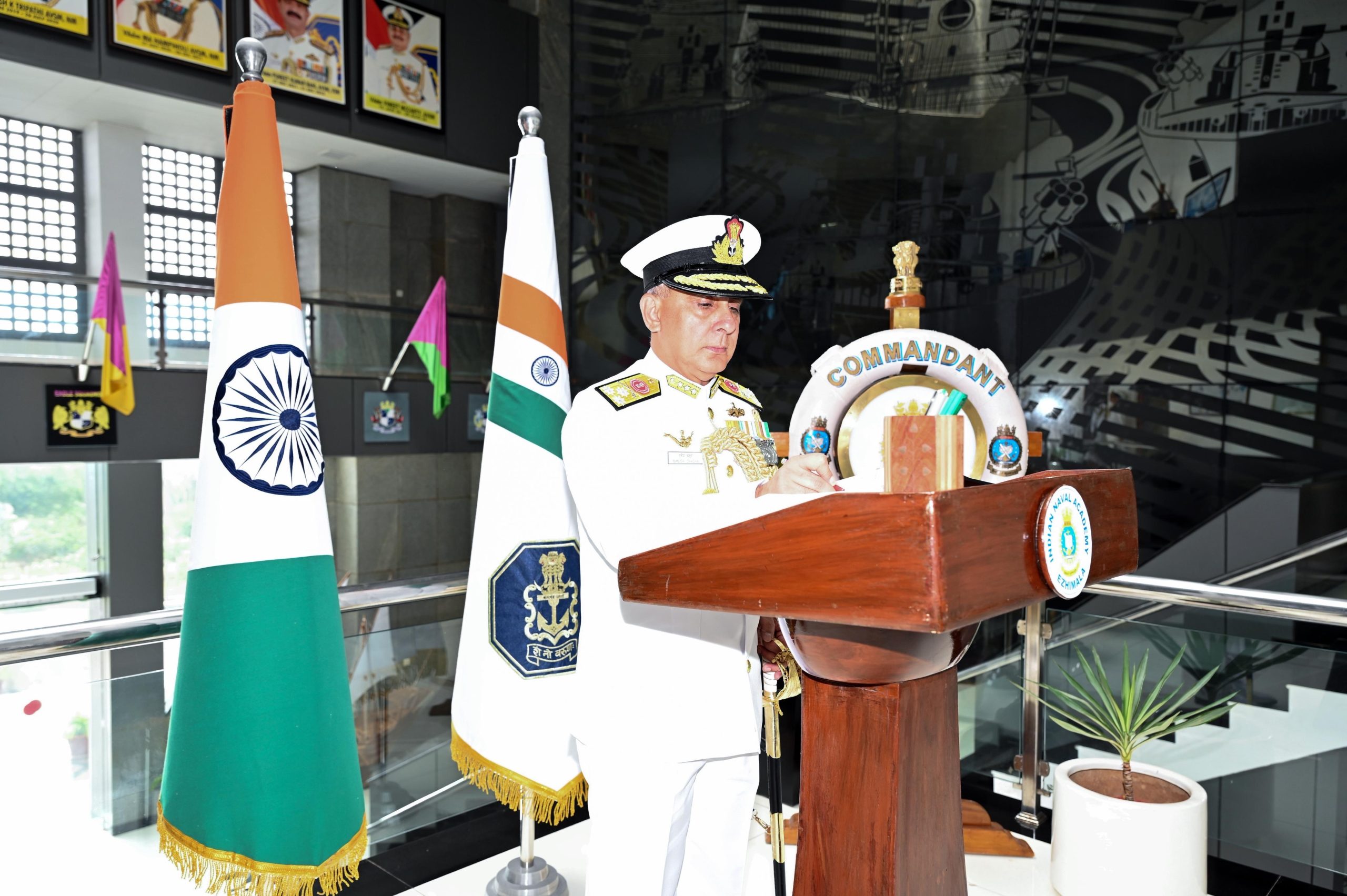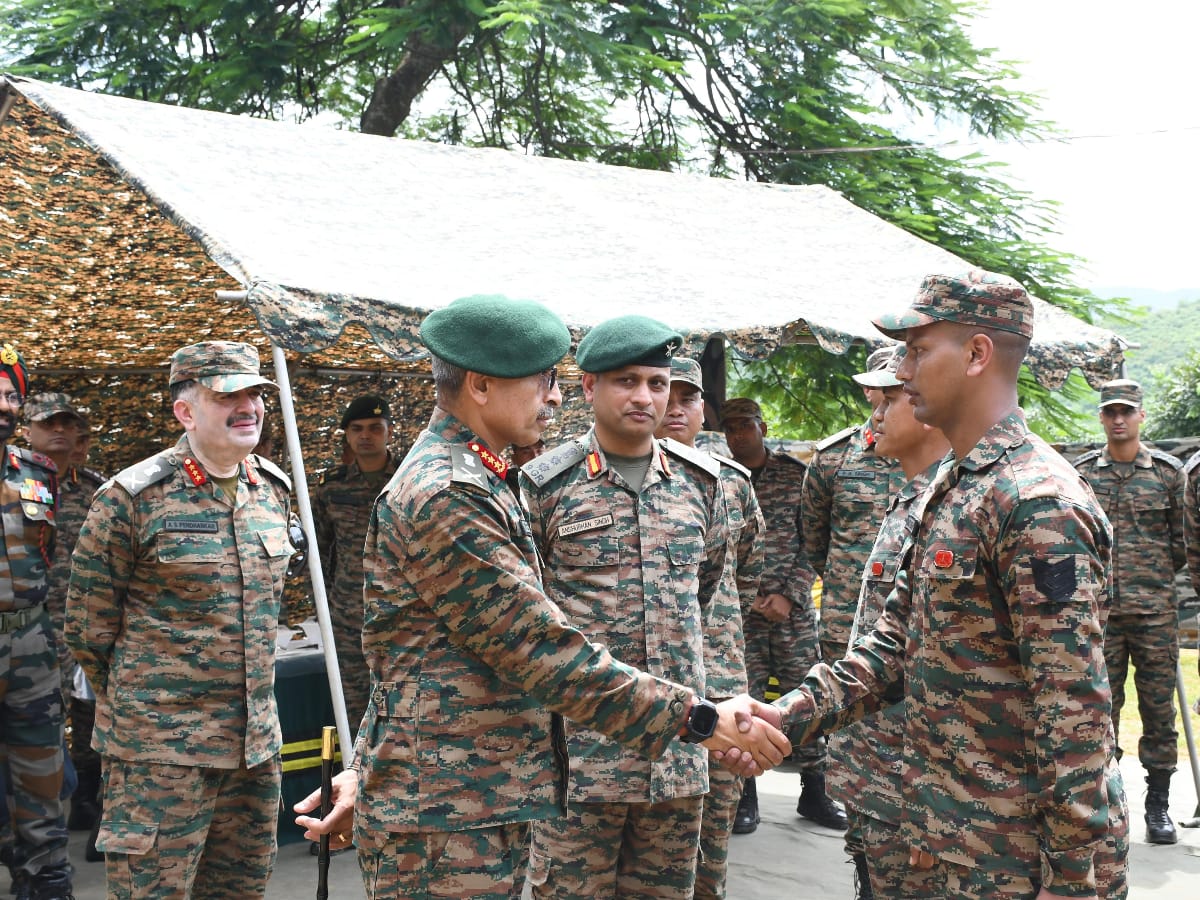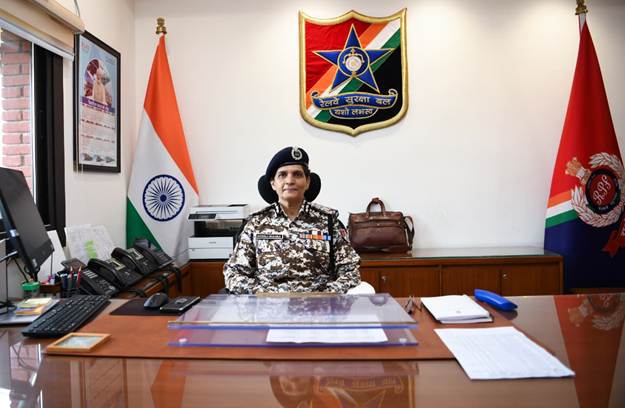Meet Vice Admiral Manish Chadha: The New Commandant of Indian Naval Academy, Ezhimala
In a prestigious change of guard, Vice Admiral Manish Chadha, AVSM, VSM, has officially taken charge as the new Commandant…
Lt Gen RC Tiwari Reviews Readiness and Drone Capabilities in Manipur
Lieutenant General RC Tiwari, Commander of the Eastern Command, conducted a detailed assessment of the operational preparedness of Indian Army…
Terrorist Killed in Ongoing Anti-Terror Operation ‘Akhal’ in J&K’s Kulgam
A terrorist was killed in an ongoing anti-terror operation 'Akhal' by security forces in the Akhal area of south Kashmir’s…
IPS Sonali Mishra Takes Charge as First Woman Director General of Railway Protection Force
In a landmark development for India’s security forces, Ms. Sonali Mishra, a 1993-batch Indian Police Service (IPS) officer of the…
US Restricts Official Visits to Karachi Hotels Amid Security Threat
The United States has temporarily restricted visits by its government personnel to luxury hotels in Karachi following a reported security…
US Deploys Nuclear Submarines After Trump’s Warning to Medvedev Over ‘Highly Provocative’ Remarks
US President Donald Trump has ordered the deployment of two nuclear submarines to undisclosed strategic locations following a fierce exchange…






